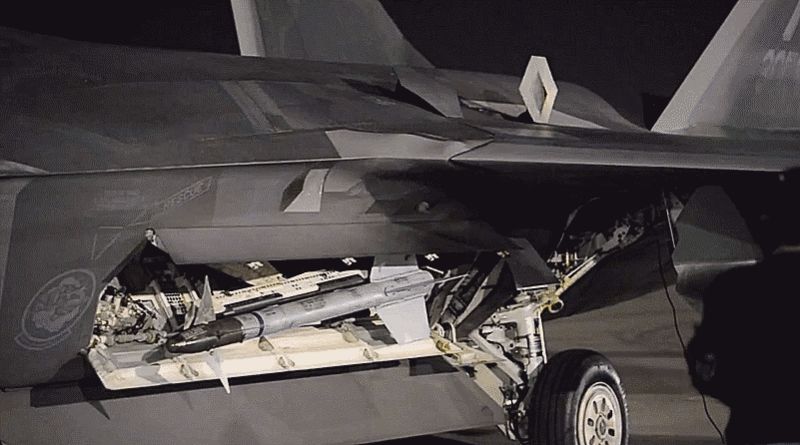
To keep the Raptor’s radar signature at a minimum, small doors and vents appear seemingly out of nowhere during certain functions, reminding us that a fighter jet still lies beneath its spaceship-like appearance. Its startup sequence also looks and sounds like something out of science fiction.
http://foxtrotalpha.jalopnik.com/look-at-these-…
Whereas the F-15 has its distinctive “howl,” the F-22 starts up with more of a banshee’s scream and a dragon’s cough:
Advertisement
Here is that distinct howl (before turning into a droning squeal) for comparison. Hearing something like a dozen of these things firing up at the same time sounds eerily menacing:
Sponsored
Each jet’s unique mix of generators, auxiliary power units, precursor starting hardware, its mechanical startup sequence, bleed-air routing, air inlet design and many other factors dictates its unique startup sound.
In the days before self-starting via internal power was available on most tactical jet aircraft, fighters would have to be started via what was known as a “huffer cart,” or in some cases, an expendable explosive cartridge. These methods could add a loud roar (and a ton of smoke) of a start-cartridge being set off or the vacuum and mechanical sound of a huffer, some of which packed big V-8 engines, to the startup sequence.
Here is a German F-4 starting via a cartridge:
Here’s a J-79 turbojet, the same engine in the F-104, F-4, F-101, Kfir and others, getting woken up for a test run via a fairly scary start cart/huffer:
Once a fighter’s engines are fully online and performing as expected the real fun – and ruckus – begins. Here are some sights and sounds from the latest Red Flag exercise’s nighttime departures to give you an earful of what I am talking about.
Enjoy the sound of freedom, folks.
Contact the author at Tyler@jalopnik.com.













